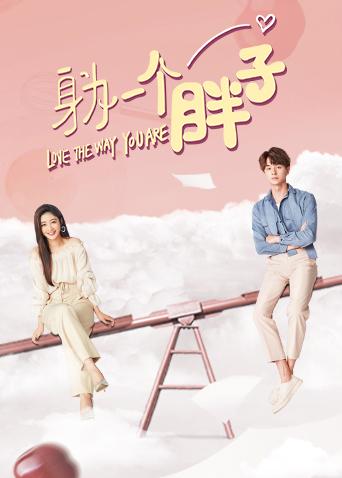一九三七年八月三十一日淞沪会战中,日本人片姚子青奉命率部五百余人守卫宝山县城。日军为扩大登陆地域,日本人片对宝山进行了海陆空协同的疯狂攻击。在装备落后,地势不利,没有援军的情况下,智勇双全的姚子青带领全营以寡敌众坚守孤城,灵活运用战术战略,从主动出击攻袭敌军到固守阵地顽强抵御,七日内击退了日军一次又一次的进攻,全营五百余人先后战死沙场。九月七日日军破城,姚子青率残部二十余人在城内展开激烈巷战,最终壮烈殉国。
一九三七年八月三十一日淞沪会战中,日本人片姚子青奉命率部五百余人守卫宝山县城。日军为扩大登陆地域,日本人片对宝山进行了海陆空协同的疯狂攻击。在装备落后,地势不利,没有援军的情况下,智勇双全的姚子青带领全营以寡敌众坚守孤城,灵活运用战术战略,从主动出击攻袭敌军到固守阵地顽强抵御,七日内击退了日军一次又一次的进攻,全营五百余人先后战死沙场。九月七日日军破城,姚子青率残部二十余人在城内展开激烈巷战,最终壮烈殉国。
回复 :《我母亲的消失》是一部激进的纪录片,它诞生于一个渴望解放自己的母亲和一个渴望利用电影媒介与她保持亲密关系的儿子之间的一系列对抗之中。从个人为控制而进行的激烈斗争开始,它就转变成一个深度协作的项目,一个试图纠正几十年来由相机压抑的目光造成的伤害的项目。Benedetta Barzini是一位受人尊敬的意大利模特,她通过成为一名记者和教授打破了陈规陋习,并通过公开批评时尚界根深蒂固的厌恶情绪而臭名昭著。但是现在,在她70多岁的时候,巴兹尼对图像世界的厌恶已经加深到一个存在主义的危机中。她悄悄地、毫无预兆地收拾好行李,告诉儿子贝尼阿米诺,她打算永远从物质世界消失。贝尼阿米诺惊恐万状,设计了一个计划,他希望允许她面对-而不是逃跑-她最不信任的东西:相机。通过拍摄她的电影,他打算挽救他母亲的真实本质,并保存她的叙事。
回复 :抖S和抖M之子色丞狂介(铃木亮平 饰)貌似没有继承搜查一课魔鬼刑警老爹的基因,虽然长着一副凶狠的面孔,可是为人懦弱胆小,即使加入拳法部之后也没有丝毫改观。某天,美丽可爱的转学生姬野爱子(清水富美加 饰)来到狂介的班上,令这个大男孩体会到前所未有的心跳感觉。放学回家路上,一群匪徒闯入银行劫持人质,人质中更有狂介心仪的爱子。为了救出女孩,他悄悄潜入银行,谁知偶然戴上胖次之后,竟然意外唤醒体内潜藏的强大力量。在此之后,他化身变态假面,以压倒性的实力击败匪徒,也令爱子对变态假面产生倾慕之情。某天,意欲统治周边学校的恶汉大金玉男入侵学校,由此拉开了和变态假面旷日持久的战争……本片根据安土庆周的同名漫画原作改编。
回复 :吴迪(小沈阳 饰)以修鞋为生,最大乐趣就是看武侠漫画《飞剑》。某日,他遇到了修鞋女子月露(林熙蕾 饰),后者是皇上(陈志朋 饰)的表妹,因不愿做皇后,逃之夭夭。皇上派遣大内高手杨过(曾志伟 饰)追杀。吴迪盲打误撞杀了淫贼田扒光,救了月露。为了把鞋还给月露,吴迪前往泰山。途中,吴迪遭遇河盗独孤鸿(赵本山 饰)及其弟子(程野 饰),在世外高人的暗中帮助下,他击退了独孤鸿。老人临别时输给他深厚内力,赠给他一本《九阴真经》,由于他只看图,随手丢在一边。田扒光的神农教同门姐妹粉凤凰和红凤凰找他算账,结果他毫发无损,对方损兵折将。逃避追杀时,他掉进了万丈深渊,却遇到了世外高人的敌人(吴宗宪 饰),好在有惊无险。不过,最终吴迪还是住进了神农教主(恬妞 饰)开的黑店,并遇到了心上人月露……
